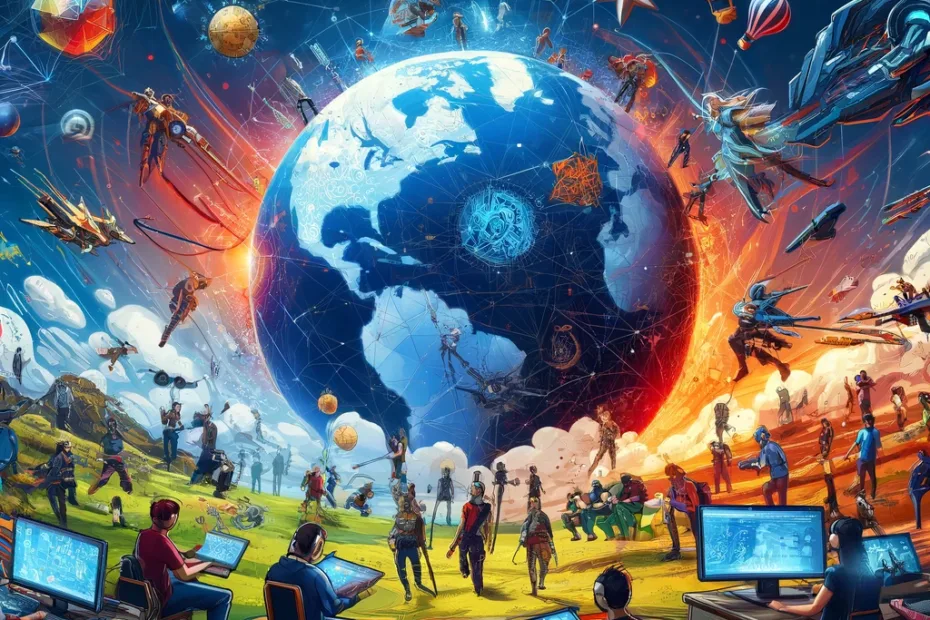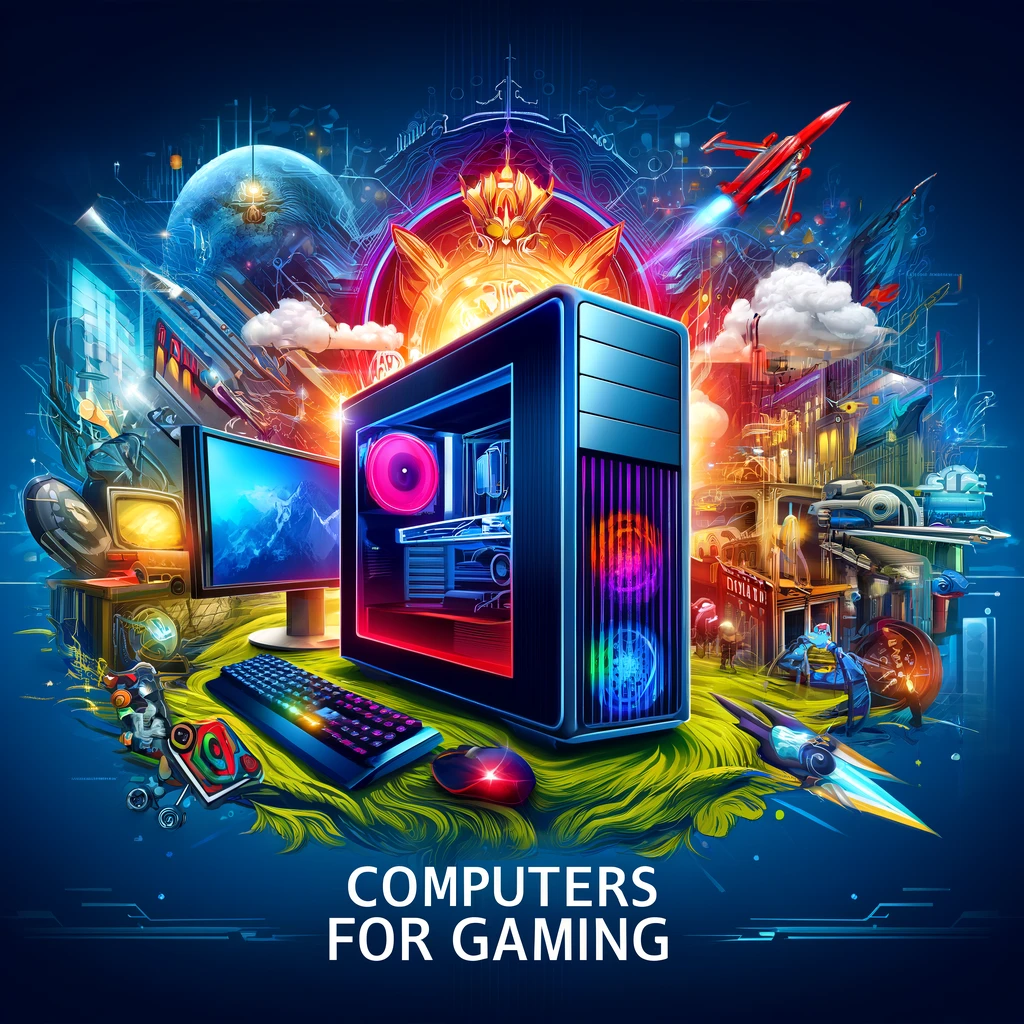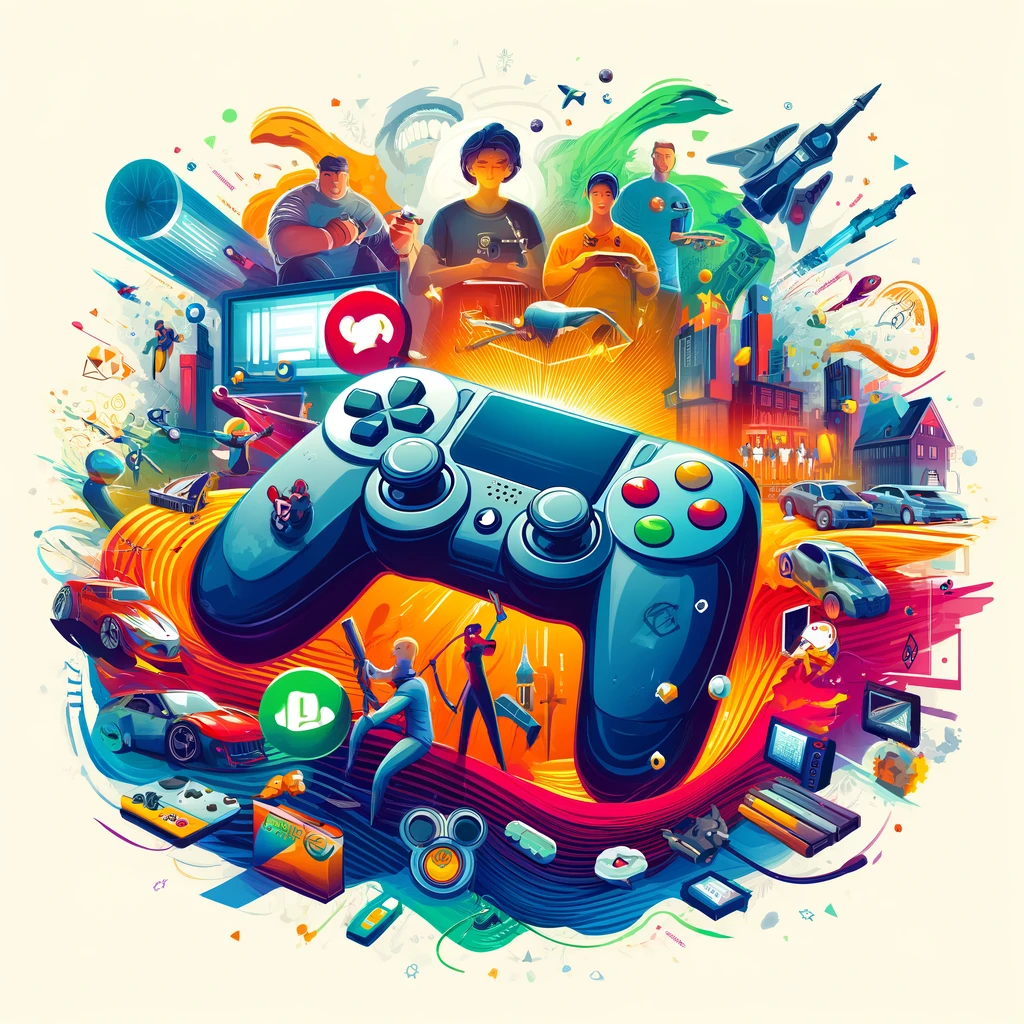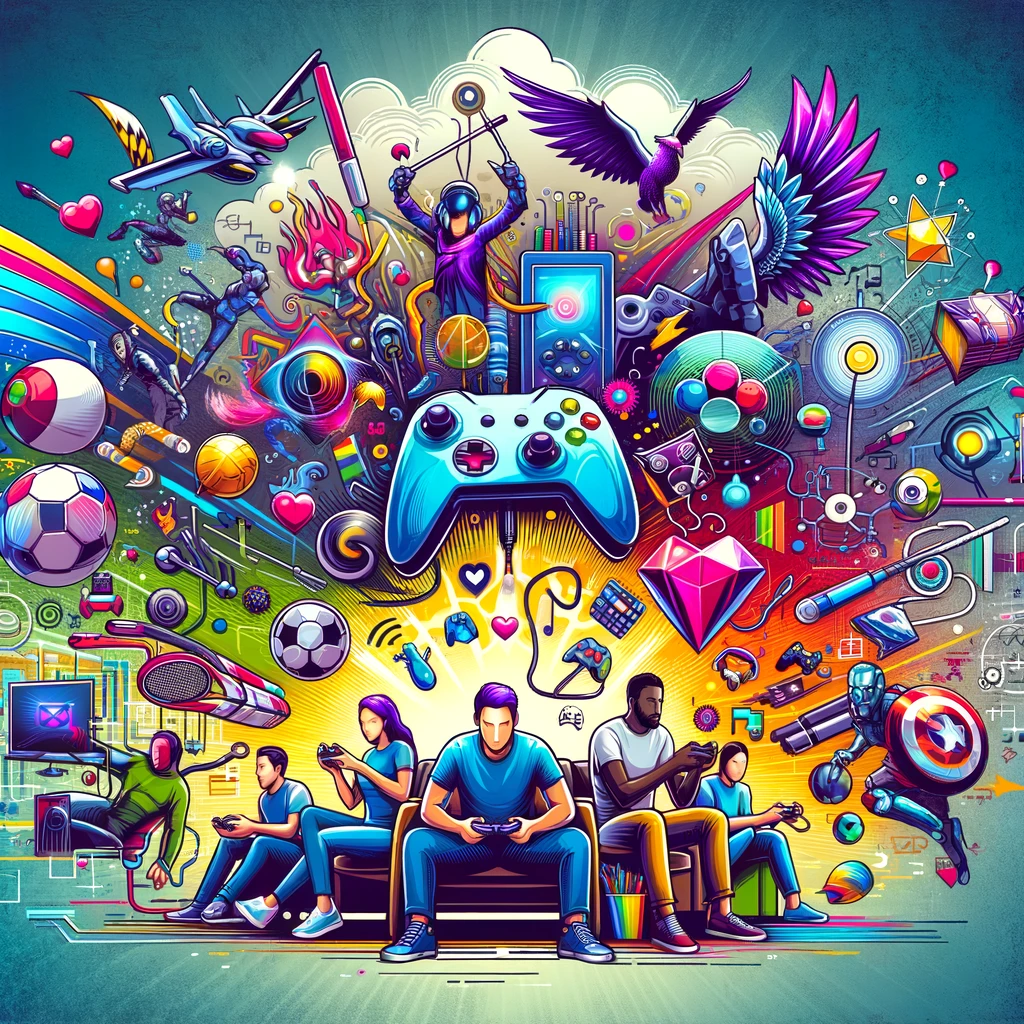Introduction to Online Gaming
Online gaming has transformed the landscape of digital entertainment, offering diverse experiences that connect millions of players across the globe. From the early days of dial-up internet to the current era of high-speed connections and cloud gaming, online games have evolved to become a pivotal part of modern culture. They encompass a wide range of genres, platforms, and communities, catering to an equally varied audience. This section sets the stage for a deeper dive into the multifaceted world of online gaming, highlighting its growth, the technological innovations that have propelled it forward, and its impact on society and culture.
Types of Online Games
The realm of online gaming is vast, encompassing a plethora of genres that cater to different preferences and play styles. Massively Multiplayer Online (MMO) games offer expansive worlds for players to explore and interact within. Multiplayer Online Battle Arenas (MOBAs), such as “League of Legends” and “Dota 2,” focus on strategic team-based competition. Battle Royale games like “Fortnite” and “PUBG” combine survival, exploration, and scavenging elements with last-man-standing gameplay. Casual games, often found on mobile platforms and social media, provide quick, engaging experiences ideal for short play sessions. Each genre fosters unique communities and social dynamics, contributing to the rich tapestry of online gaming.
To visually depict this evolution, let’s include an infographic on the history and growth of online gaming.

This infographic provides a captivating overview of the evolution of online gaming, tracing its journey from the early days of text-based adventures and dial-up internet to the immersive, high-definition experiences enabled by today’s technology. It highlights key milestones, including the launch of iconic online games, significant advancements in internet technology, and the emergence of esports, offering a comprehensive look at how online gaming has evolved into a global phenomenon.
The Social Dynamics of Online Gaming
Online gaming has become a significant social venue, akin to virtual public squares where players from around the world meet, interact, and form lasting relationships. Beyond the gameplay, online games foster communities with their own cultures, languages, and social norms. Games like “World of Warcraft” and “Final Fantasy XIV” are renowned for their vibrant communities, where players collaborate in guilds, partake in in-game events, and engage in rich social interactions. This social aspect extends to competitive games as well, where teamwork and communication are crucial for success, creating a sense of camaraderie and collective achievement.
To illustrate this vibrant online gaming community, let’s include an image.

This illustration captures the essence of a vibrant online gaming community, depicting a diverse group of players engaged in various activities within a virtual game world. The image showcases cooperative gameplay, social interactions, and community events, emphasizing the sense of camaraderie and collective enjoyment that defines the social dynamics of online gaming. The inclusion of player avatars, in-game chat bubbles, and a dynamic environment brings to life the communal spirit and interconnected fabric of online gaming communities.
Technological Advancements in Online Gaming
The technological landscape of online gaming has seen remarkable advancements, significantly enhancing the player experience. Innovations in cloud gaming allow players to stream high-quality games without the need for powerful hardware, broadening access to premium gaming experiences. Cross-platform play has dismantled barriers between different gaming devices, enabling players on PCs, consoles, and mobile devices to interact seamlessly within the same virtual environments. Additionally, real-time streaming technologies have facilitated live interactions among players and audiences, further enriching the social aspect of online gaming.
To detail these advancements, let’s include an infographic on technological innovations in online gaming.

This infographic provides a clear and engaging overview of key technological advancements in online gaming, such as cloud gaming, cross-platform play, and real-time streaming. It illustrates how these innovations have made the online gaming experience more accessible, interconnected, and dynamic, showcasing their significant impact on the gaming community.
Economic Impact and Monetization Strategies
Online gaming has become a significant economic force, with diverse monetization strategies driving industry growth. In-game purchases, such as skins, cosmetics, and expansions, offer players customization options while providing revenue streams for developers. Subscription models and battle passes provide continuous access to content and exclusive rewards, encouraging long-term engagement. The free-to-play model, supported by optional purchases, has democratized access to online games, expanding the player base and opening up new markets.
To visually represent these economic models, let’s include an image illustrating various monetization strategies in online gaming.

This image illustrates the various economic models and monetization strategies within online gaming, including in-game purchases, subscriptions, battle passes, and the free-to-play model. It highlights how each strategy contributes to the industry’s revenue while balancing player engagement and content value. The interplay between gamers’ investment in the game and the developers’ revenue streams is depicted, underscoring the importance of maintaining game accessibility and offering meaningful content.
Challenges and Concerns in Online Gaming
Online gaming, while offering numerous benefits, also presents challenges such as cybersecurity threats, privacy concerns, and the risk of online toxicity and gaming addiction. Ensuring a safe and positive online environment requires continuous efforts from developers, communities, and regulatory bodies. Addressing these challenges is crucial for sustaining the growth and positive impact of online gaming.
Future Trends in Online Gaming
The future of online gaming looks promising, with advancements in technology and changes in player behavior shaping its evolution. Emerging trends like the integration of AI for personalized gaming experiences, the potential of blockchain for secure and transparent in-game transactions, and the continuous growth of mobile gaming are set to redefine the online gaming landscape.
To envision these future trends, let’s conclude with concept art for future online gaming technologies or platforms.

This concept art envisions the future of online gaming technologies and platforms, highlighting features such as advanced AI integration, blockchain-based economies, and fully immersive virtual reality environments. It depicts players engaging with these innovative elements, emphasizing the seamless, interactive, and personalized nature of future online gaming experiences. The design suggests a world where gaming is more immersive, interconnected, and accessible, offering a glimpse into the potential advancements that could redefine the gaming landscape.
Concluding our comprehensive exploration of online gaming, we’ve journeyed from its inception to the present day and looked ahead to its promising future. Online gaming continues to evolve, driven by technological innovation, changing player dynamics, and the ever-growing community of gamers worldwide. As we look forward, the landscape of online gaming promises to offer






